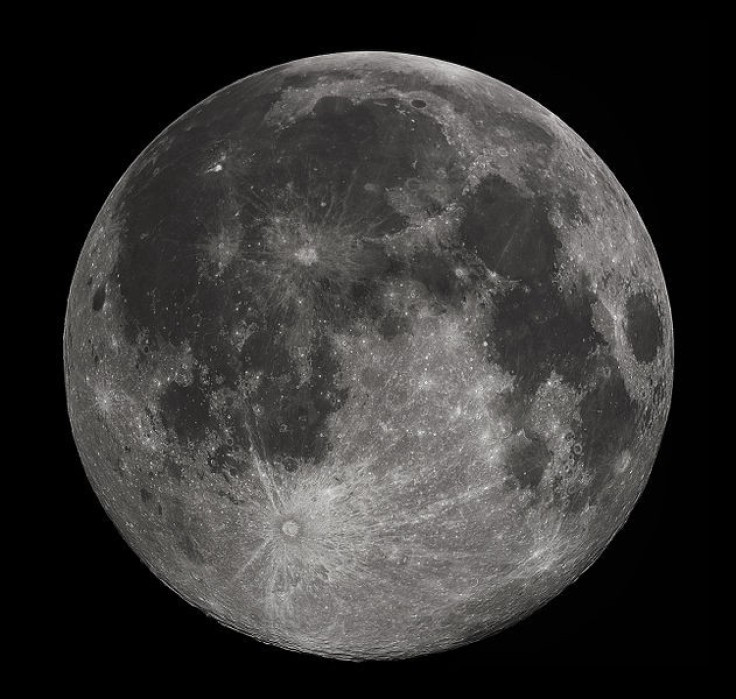Blue Moon: Separating the Facts from Myths

People across the world will witness a blue moon on 31 August, 2012. Blue moon occurs when two full moons appear in the same month. Every month we witness one full moon and one new moon but sometimes the full moon appears twice in the same month and this phenomenon is called blue moon.
Full moons are usually separated by 29 days, while most months are 30 or 31 days long; so it is possible to fit two full moons in a single month. This occurs once every two and a half years on average.
For moon lovers, it is a wonderful opportunity to witness the blue moon as the next blue moon will occur only in 2015.
Like super moon and lunar eclipse, several myths surround full moon or blue moon. Many people across the world believe that a full moon causes several mental disorders.
People also believe that a full moon causes more car accidents than usual. To test these myths, researchers conducted a study on several hospitals in 1996.
Researchers examined the history of more than 150,000 emergency room visits to a suburban hospital. They found no difference between full-moon nights and every other night of the month, they reported in the American Journal of Emergency Medicine. Other studies have tried and failed to find a link between a full moon and psychiatric emergency visits, epilepsy seizures and surgery outcomes, according to a Live Science report.
Although the study found that full moon does not affect humans, another study discovered that it affects animals like cats and dogs.
A study conducted by Colorado State University found that more than 23 percent cats get admitted to an emergency vet under a full moon than during other moon phases, while dogs have a 28 percent greater chance, according to a msn report. Researchers are still not aware as to why animals are affected by blue moon or full moon.
© Copyright IBTimes 2024. All rights reserved.





